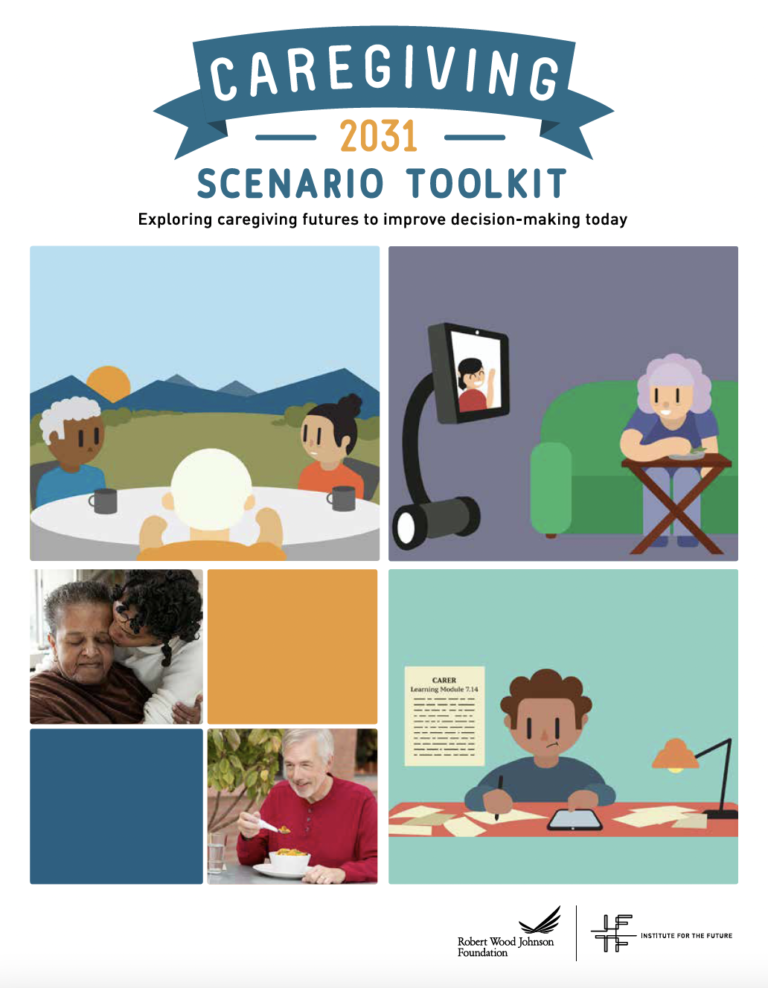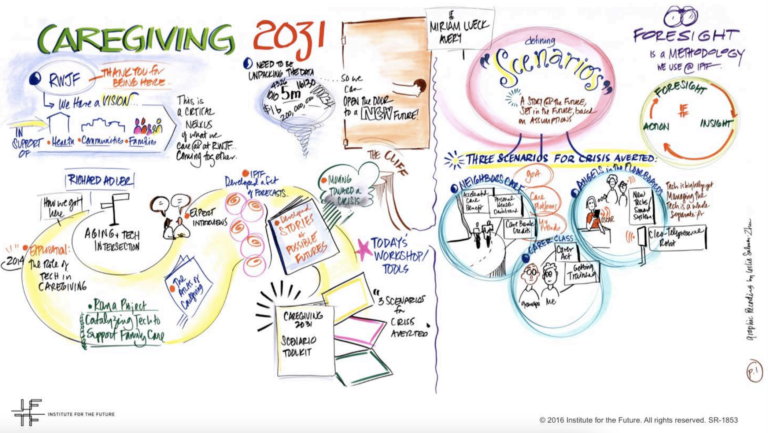Why is this happening?
Many reasons: an aging Boomer population, longer lifespans, changing family formations (including an increase in single, childless seniors), more women in the workplace, a higher number of people with disabilities, and fewer nursing homes and assisted living facilities. They add up to the stark fact that the 44 million caregivers in the United States won’t be able to rely on the traditional 20th Century solution—family support—to care for the millions in need over the next 20 years. We’ve recognized the looming crisis, but proposals for change have been limited to incremental steps that address present day problems instead of the ones we are about to encounter.
It’s time to build a 21st Century Care Layer.
Throughout our lives, we will face events and circumstances that require a great deal of time and money, such as education, childcare, retirement, serious illness—and long term care. It’s urgently important that we include a sustainable and effective care layer in our future planning to inform the choices and investments we make as individuals, families, communities, and as a country.
A 21st Century Care Layer must be embedded in all policies and home technologies, pervasive in all housing and urban designs, and directly accessible to all who give and receive care. Only by deliberately and systematically building a care layer that reflects 21st Century social and cultural norms, leverages promising advances in automation, coordinates technologies and robotics, and includes local and federal policy and workforce interventions that are useful to the economic realities of today’s workers will we avert the pending caregiving crisis and prepare ourselves for the future.
Join the Institute for the Future as we ignite the social R&D of 21st Century caregiving and rewrite the future for caring in this country.
Caregiving 2031: Three Stories
To begin this exploration, IFTF developed a set of three video scenarios for caregiving in the year 2031 that portray different paths away from crisis. The scenarios focus primarily on care provided by family members for older adults, who represent the majority of care recipients:
- Neighbors Care explores a world where policy makers, the financial industry, and social innovators have acted to develop new markets and models of caregiving, a generation in which childlessness is normal is redefining what “family” caregiving means.
- Angels in the Floorboards examines the role of technology in supporting caregivers and why caregivers, care recipients, policy makers, and technologists need to work together.
- The CARER Act looks at the implications of integrating informal caregiving with the formal health care system with increased documentation and interaction.
No single intervention will “solve” the problem of caregiving—in fact, there is no single problem. Every instance of caregiving is a unique and complex blend of different needs. But some combination of the strategies described in our scenarios may help alleviate the burden on caregivers and improve the quality of caregiving.
These three scenarios are intended to provoke serious consideration of strategies—including those portrayed in the scenarios and others—that will guide actions that can be taken now to avert this crisis.
About the Project
With support from the Robert Wood Johnson Foundation, IFTF created three scenarios that explore caregiving in the year 2031 and are intended to provoke a wider discussion about current alternatives to improve support for caregivers.
The project, which focused primarily on caregiving for older friends or relatives, began with a literature review and a dozen structured interviews with experts representing a diverse set of experiences and perspectives on caregiving. The literature review and interviews were combined with IFTF’s existing research to develop forecasts that describe how the key drivers of change over the next 10-15 years are likely to impact the caregiving experience. The forecasts informed the three video scenarios, each focused on a different strategy for improving the future of caregiving. In June 2016, the project culminated with a workshop of 20 experts at IFTF in Palo Alto, California, using the scenarios to provoke conversations and a draft of this toolkit to drive actions to improve future experiences for caregivers and care recipients.
Resources
Learn More




